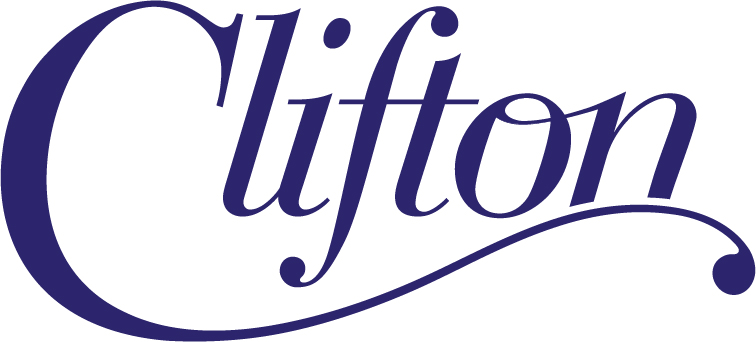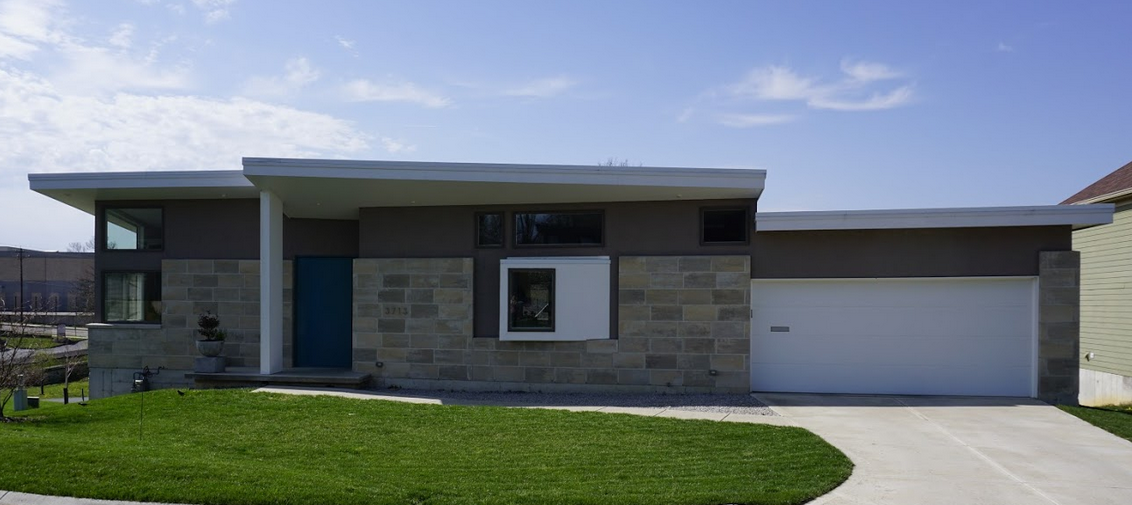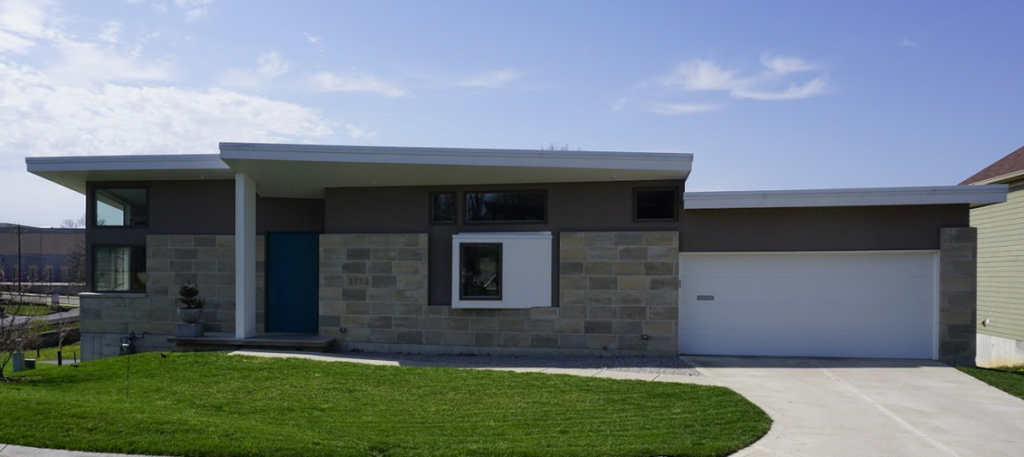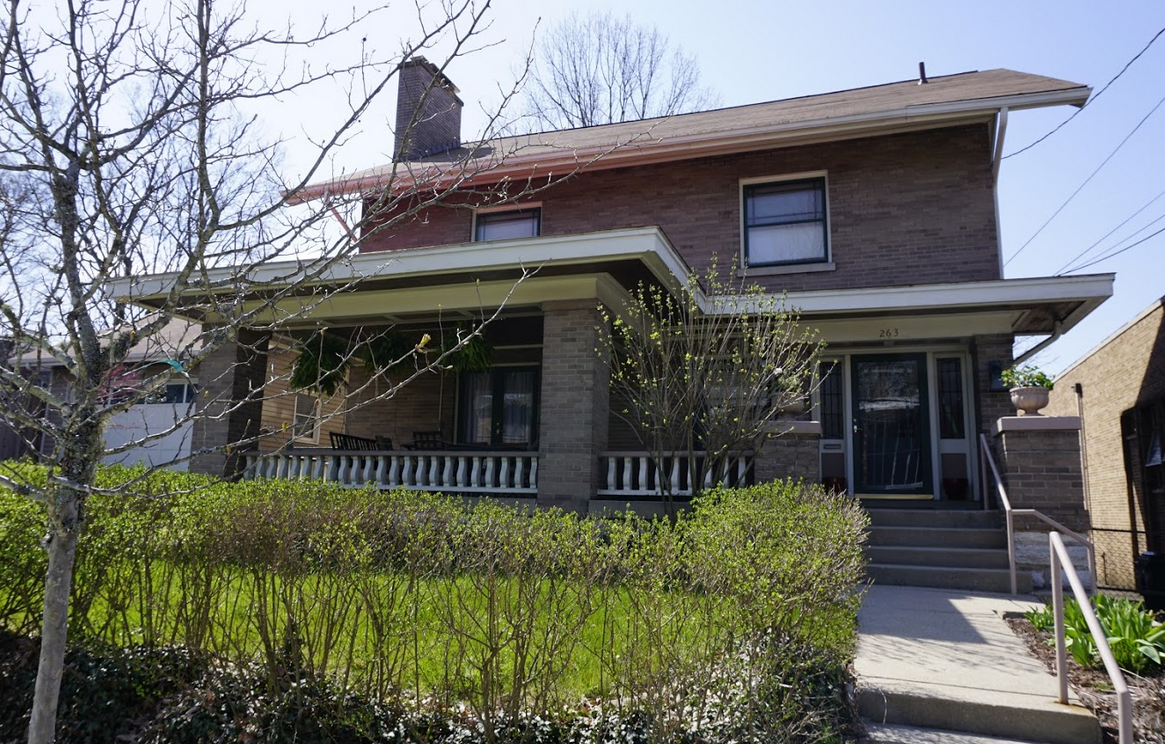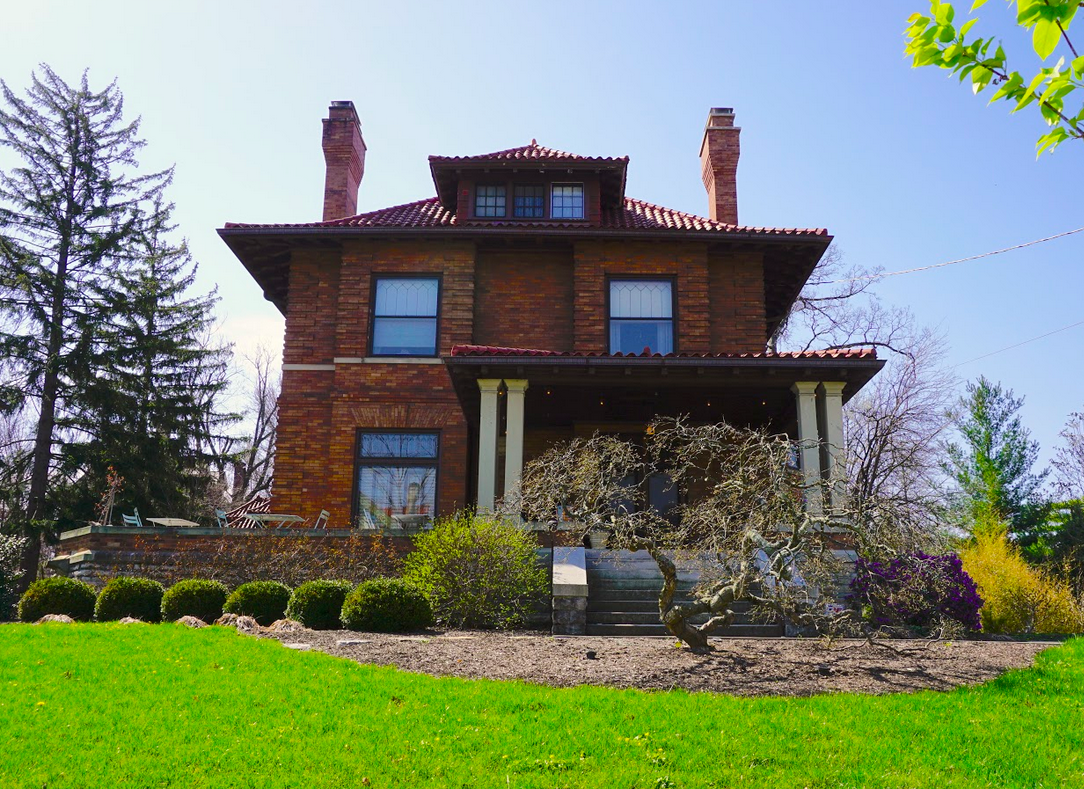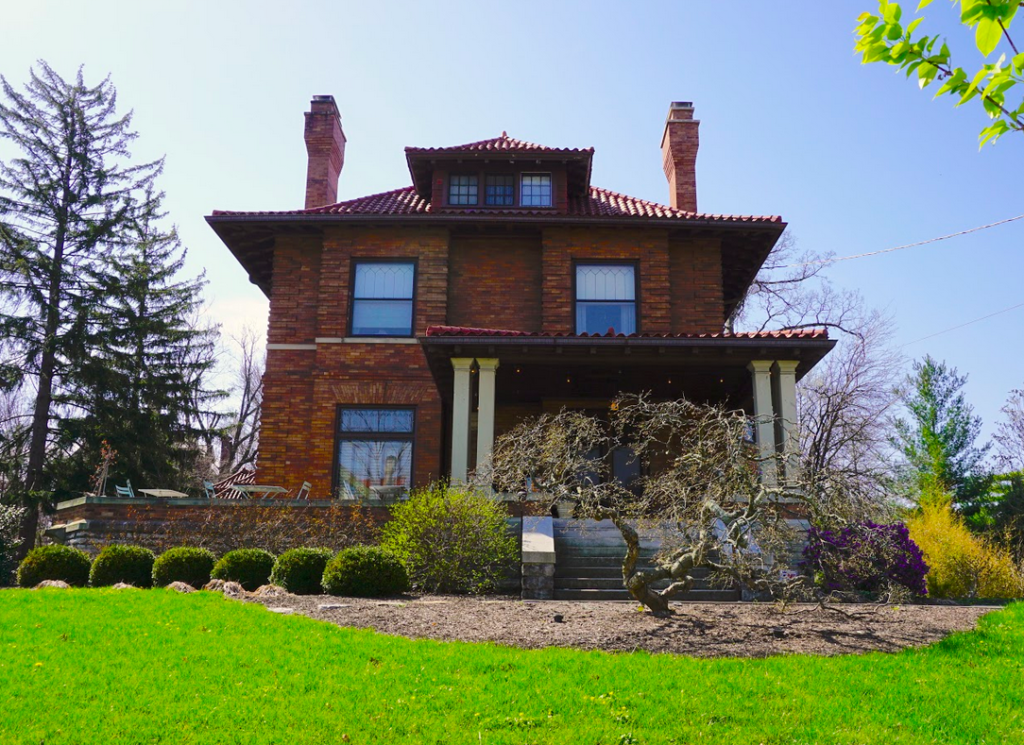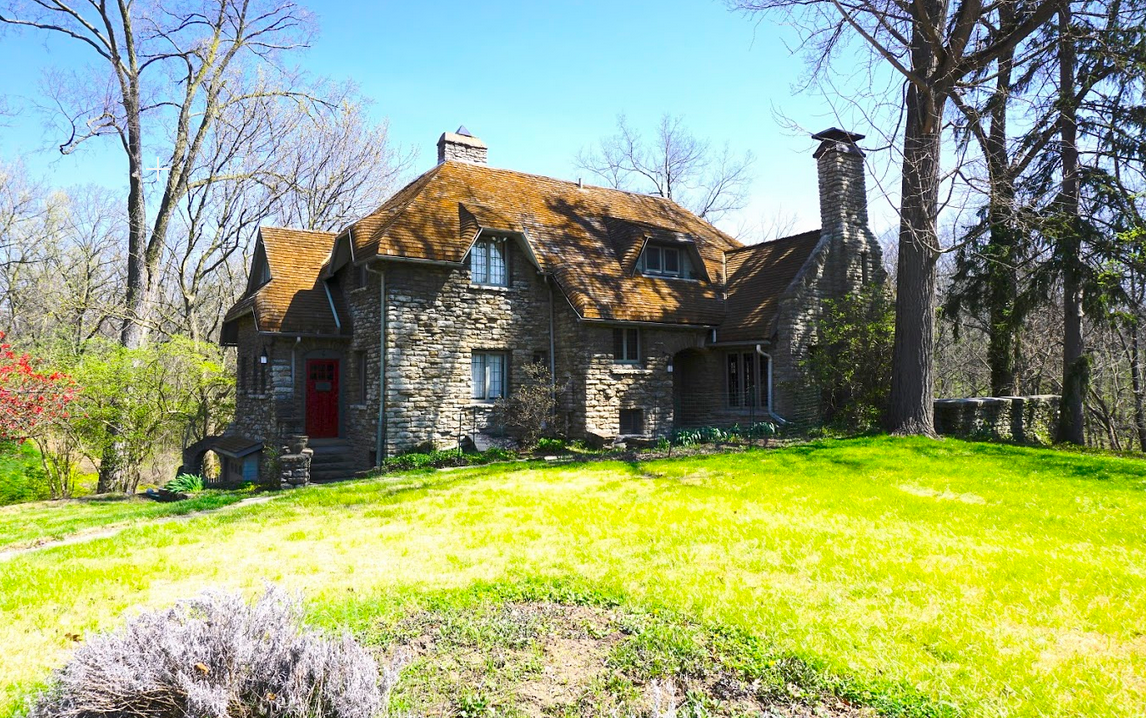This reveal is the historical building on the 2018 Clifton House Tour.
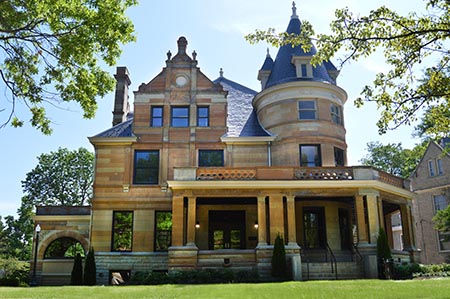
George Barnesdale Cox. (1853-1916), nationally known for many years as the “Easy Boss of
Cincinnati,” controlled city politics for over 25 years. When in his early 40s, “Boss” Cox contracted the region’s most prominent architectural firm, Hannaford & Sons, to build a residence for for his status in the Clifton Gaslight District on a property opposite Burnet Woods Park. Samuel Hannaford had recently completed both City Hall and Music Hall and over his career designed more than 300 buildings in the Cincinnati area, including a store and apartment building on 7th Street for Cox. Cox lived in Parkview manor and entertained lavishly there from 1895 until his death from pneumonia at age 63 in 1916. His wife maintained the home until she died in 1938. It was bequeathed to the Union Bethel and became a home for girls until 1947 when it was purchased by Pi Kappa Alpha for a fraternity house. In 2007 Michael L. Dever purchased the property and then in 2010 donated it to the Public Library of Cincinnati and Hamilton County to become what is now the Clifton Branch of the Library. Upon completion of extensive remodeling to upgrade the building and meet modern facility requirements it opened to the public on May 28, 2015.
The above is just a small portion of what is written in the tour book. Learn more about this home on the Clifton House Tour. Buy your tickets in advance for $20 or on May 13 for $25.
